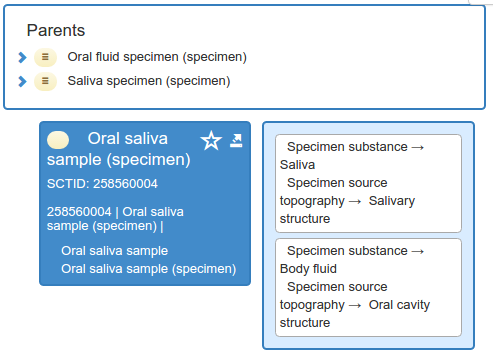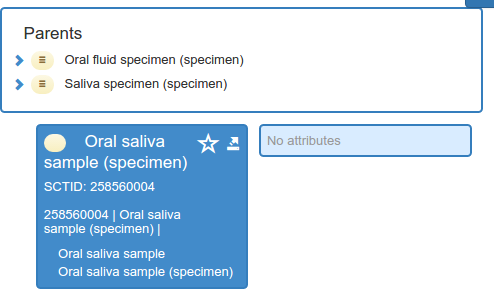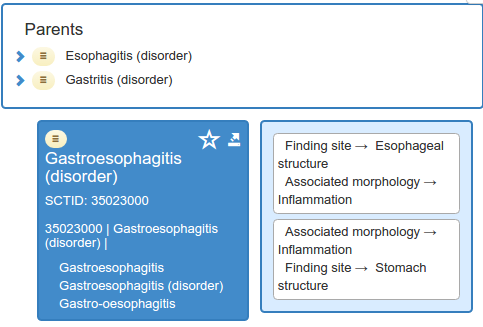Dear All,
relationship groups in SNOMED CT today have through the work of among others the ECE project and Schulz et al. an interpretation similar to "has part" for findings, procedures, and specimen. Relationship grouping is implicitly understood to be present for all findings, procedures, and specimen concepts even though the concept has been defined without explicit relationship group(s) (i.e. have been given relationship group number 0). Further, when transforming definition expressions to normal forms (including the distribution form) relationship groups are merged, if possible, as described in the TIG (7.8.2.4.4.2.4.2 Merging groups). Various other forms of implicit transformations can be/are applied, including transformation from "close-to-user forms". In computer science implicitness in languages is typically considered bad practice, see e.g. Zen of Python or why TypeScript is considered an improvement over JavaScript, which in the case of SNOMED CT may lead to quality issues. Although it's a separate effort to investigate the actual impact of implicitness in SNOMED CT definitions there are some actual statistics of the current use of relationship groups which might call for further investigations. (Probably, not following a proximal primitive modeling approach is also a culprit, but being explicit about attributes is part of that approach)
| Indicator | 404684003 | Clinical finding (finding) | | 71388002 | Procedure (procedure) | | 123038009 | Specimen (specimen) | |
|---|---|---|---|
| Percentage of concepts with attribute relationships which have relationship group 0 in distribution (inferred) form (i.e. the rest do not) | 63 % | 40 % | 30 % |
| Percentage of concepts with attribute relationships which have relationship group 0 in stated form (i.e. the rest do not) | 47 % | 28 % | 28 % |
These numbers indicate, if nothing else, that relationship groups are not applied consistently.
Further, there are in total 6 646 active concepts with 2 or more non-IsA, non-additional, non-"never grouped," active relationships in relationship group 0. These will be "self grouped" by the current perl script but reviewing some examples shows that there are relationships in definitions which should be kept in the same group, e.g. see below (stated form):
Looking at some examples also raises some concerns. Although the DL interpretation of the existential restriction on the groups do not in anyway indicate that the groups represent disjoint parts, it is perhaps good practice to use one group per condition, as e.g. in 75857000 | Fracture of radius AND ulna (disorder) |.
258560004 | Oral saliva sample (specimen) |
Inferred view
Stated view
Here is the intention really that the specimen has two constituents, saliva from the salivary glands and fluid from the oral cavity? The two groups is the result of 75535001 | Salivary structure (body structure) | not being a kind of 74262004 | Oral cavity structure (body structure) |.
35023000 | Gastroesophagitis (disorder) |
Inferred view (stated form has no attributes)
It's debatable if this is really a patient life phase with two conditions or rather one condition which happens to spread over two adjacent named locations where the union of the two locations has no name. Sometimes, multiple finding sites per relationship group is used, e.g. 72030007 | Deep third degree burn of forehead AND/OR cheek (disorder) |
/Daniel




2016-10-05 02:31
Great analysis, Daniel.
Where the example of Deep third degree burn of forehead AND/OR cheek (disorder) shows that it's modelled as an AND , not as an OR...
2016-10-15 01:49
Those X AND/OR Y concepts that are modelled as AND (ie descendants of both X and Y rather than ancestors of X and Y) are likely victims of the lack of support for GCIs / multiple sufficient conditions. I'm not sure that this relates to role grouping per se.